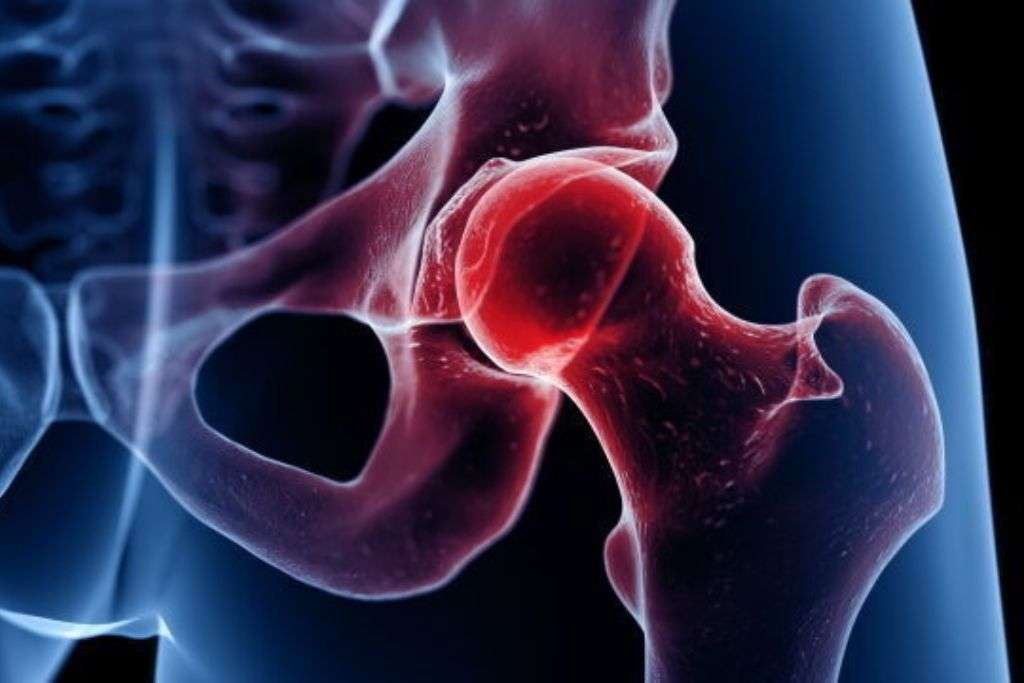
Hip impingement, medically known as femoroacetabular impingement (FAI), is a condition characterized by abnormal contact between the ball and socket of the hip joint. This can lead to pain, restricted range of motion, and potential damage to the joint. Understanding the causes, symptoms, and management of hip impingement is crucial for effective diagnosis and treatment.
Causes:
Morphological Abnormalities:
- Cam Impingement: Excess bone on the femoral head may cause abnormal contact with the acetabulum.
- Pincer Impingement: Overcoverage of the acetabulum may lead to impingement due to pinching of soft tissues.
Developmental Factors:
- Abnormalities in hip joint development during childhood or adolescence can contribute to impingement later in life.
Genetic Predisposition:
- Some individuals may have a genetic predisposition to hip impingement, increasing the likelihood of structural abnormalities.
Repetitive Hip Movements:
- Activities that involve repetitive hip flexion or rotation, such as certain sports, may contribute to the development of impingement.
Symptoms:
Hip Pain:
- Persistent pain in the groin, outer hip, or buttocks, especially during activities like walking, sitting, or exercising.
Limited Range of Motion:
- Difficulty in moving the hip joint through its full range of motion, often accompanied by a feeling of stiffness.
Painful Flexion or Rotation:
- Discomfort or pain when flexing or rotating the hip, particularly during activities like squatting or sitting for extended periods.
Painful Clicking or Catching Sensation:
- Some individuals may experience a clicking or catching sensation in the hip joint during certain movements.
Painful Activities:
- Pain that worsens with specific activities, such as running, jumping, or prolonged sitting.
Diagnosis:
Physical Examination:
- Assessment of hip range of motion and identification of painful movements.
Imaging Studies:
- X-rays, CT scans, and MRI scans can reveal structural abnormalities in the hip joint and assist in diagnosing impingement.
Treatment and Management:
Conservative Approaches:
- Physical therapy to improve hip flexibility and strength.
- Modification of activities to avoid exacerbating symptoms.
- Nonsteroidal anti-inflammatory drugs (NSAIDs) for pain management.
Injections:
- Corticosteroid injections into the hip joint to alleviate inflammation and pain.
Surgical Intervention:
- Arthroscopic surgery to address structural abnormalities, reshape the hip joint, and repair damaged tissues.
Rehabilitation:
- Post-surgery, rehabilitation involves physical therapy to restore strength, flexibility, and functional mobility.
Lifestyle Modifications:
- Advising on lifestyle changes to prevent activities that may aggravate hip impingement.

